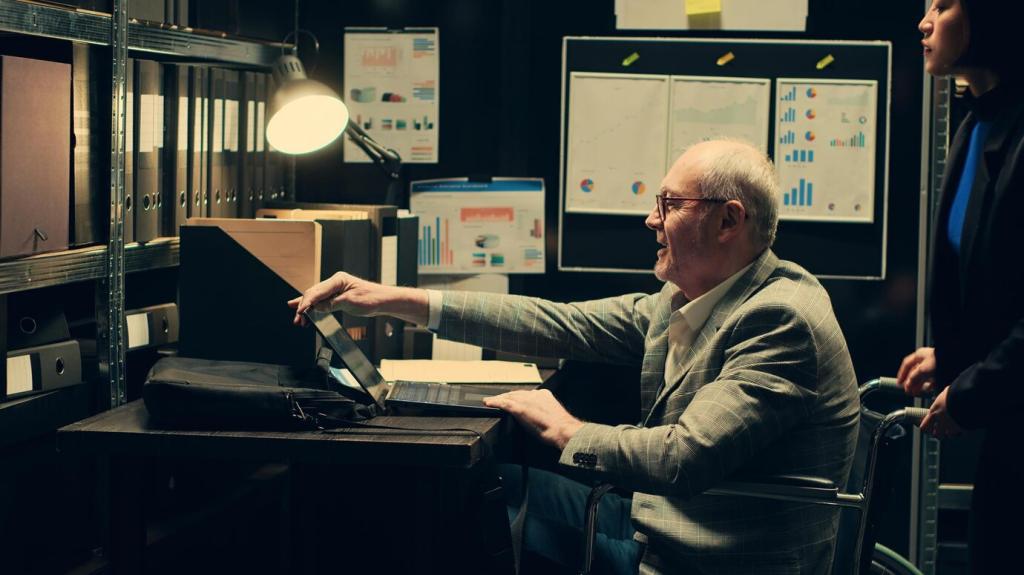Error Taxonomy and the Expert Mindset
Start with neutral observation: location, extent, and repeatability of the anomaly. Avoid naming it too early. Document traits, compare multiples, and let patterns, not desire, guide your conclusion.
Error Taxonomy and the Expert Mindset
A constant, plate-linked flaw differs from a freak caused by production mishap. Varieties recur; freaks rarely do. Anchor your verdict in repeatability, production context, and comparative examples.





